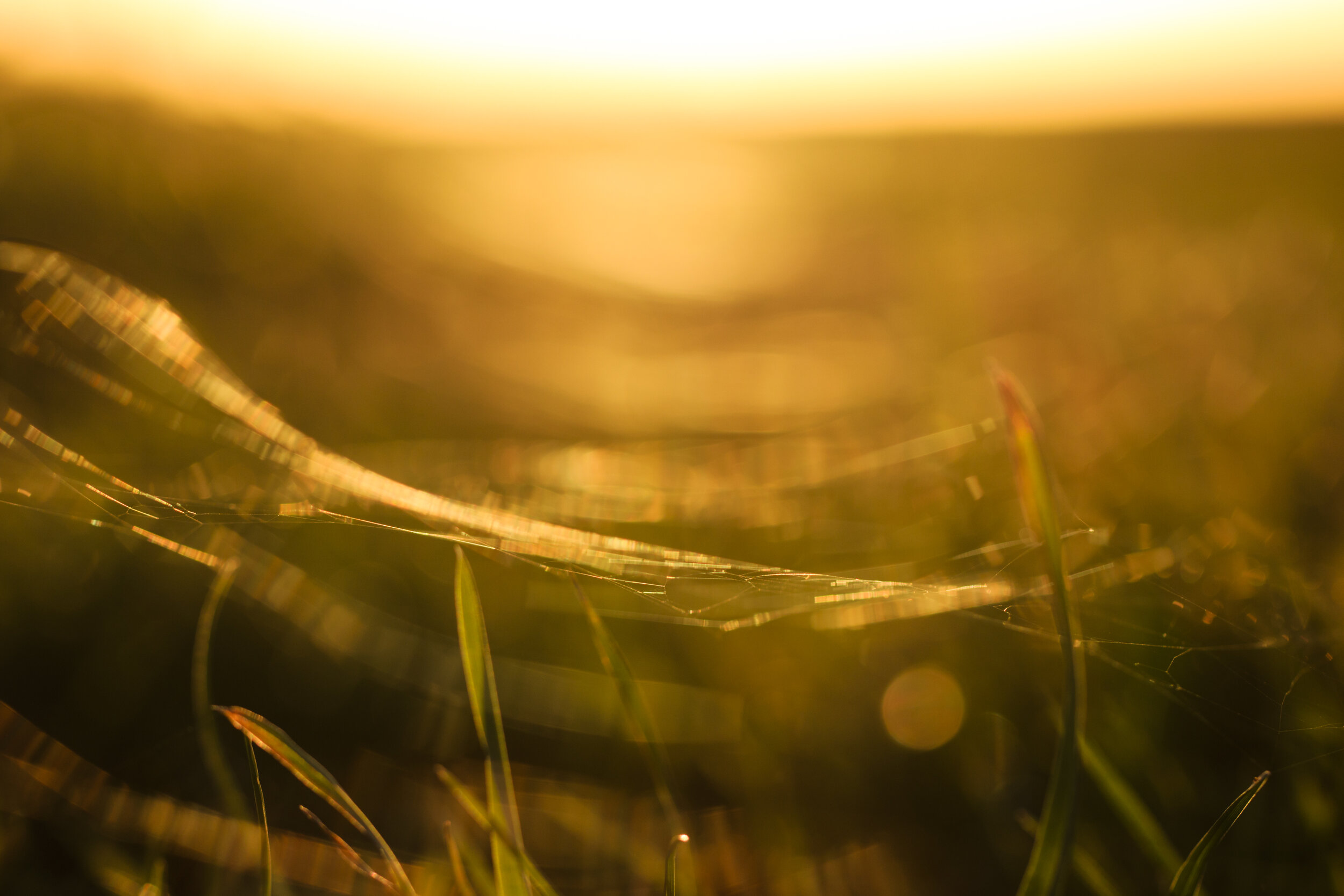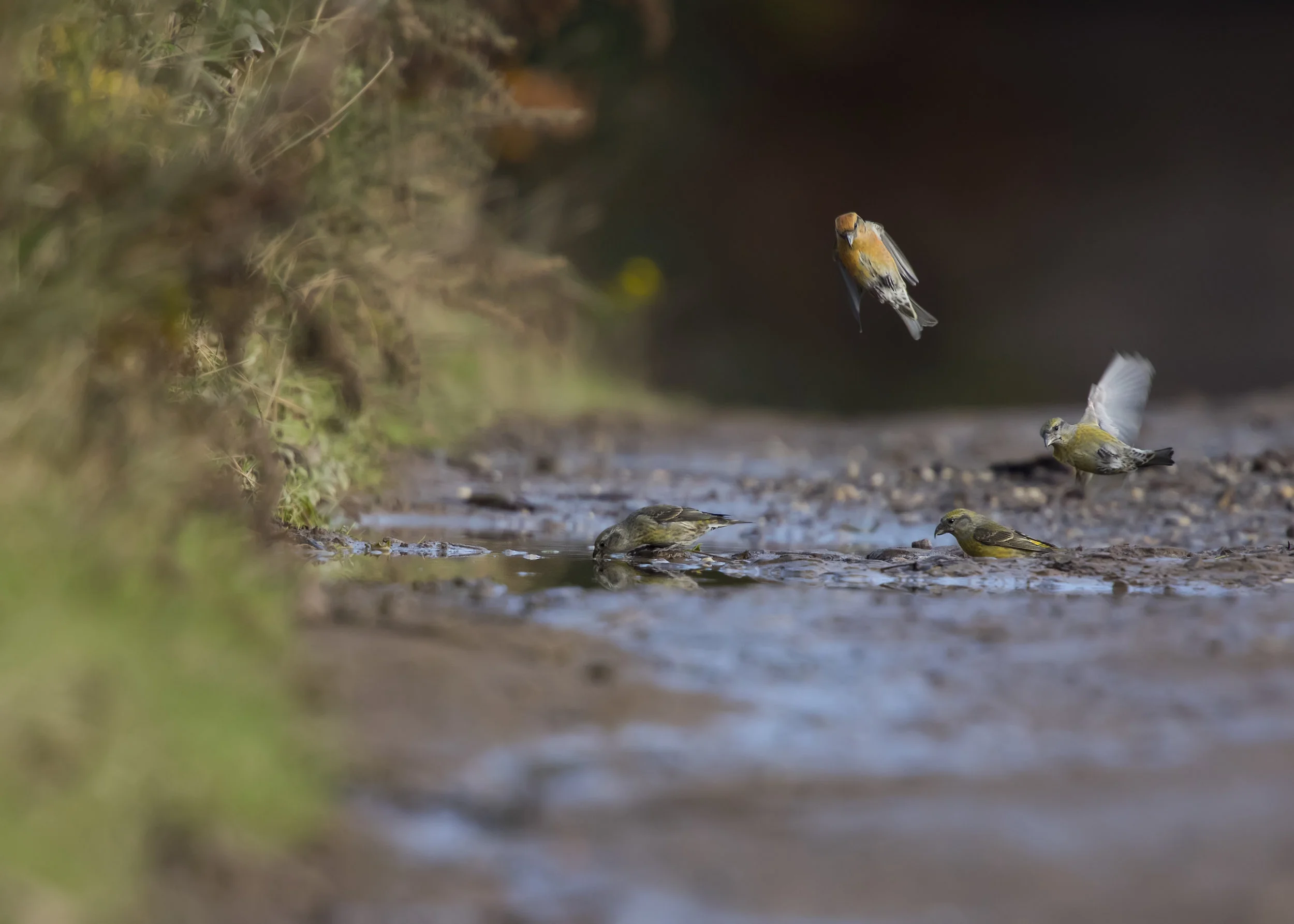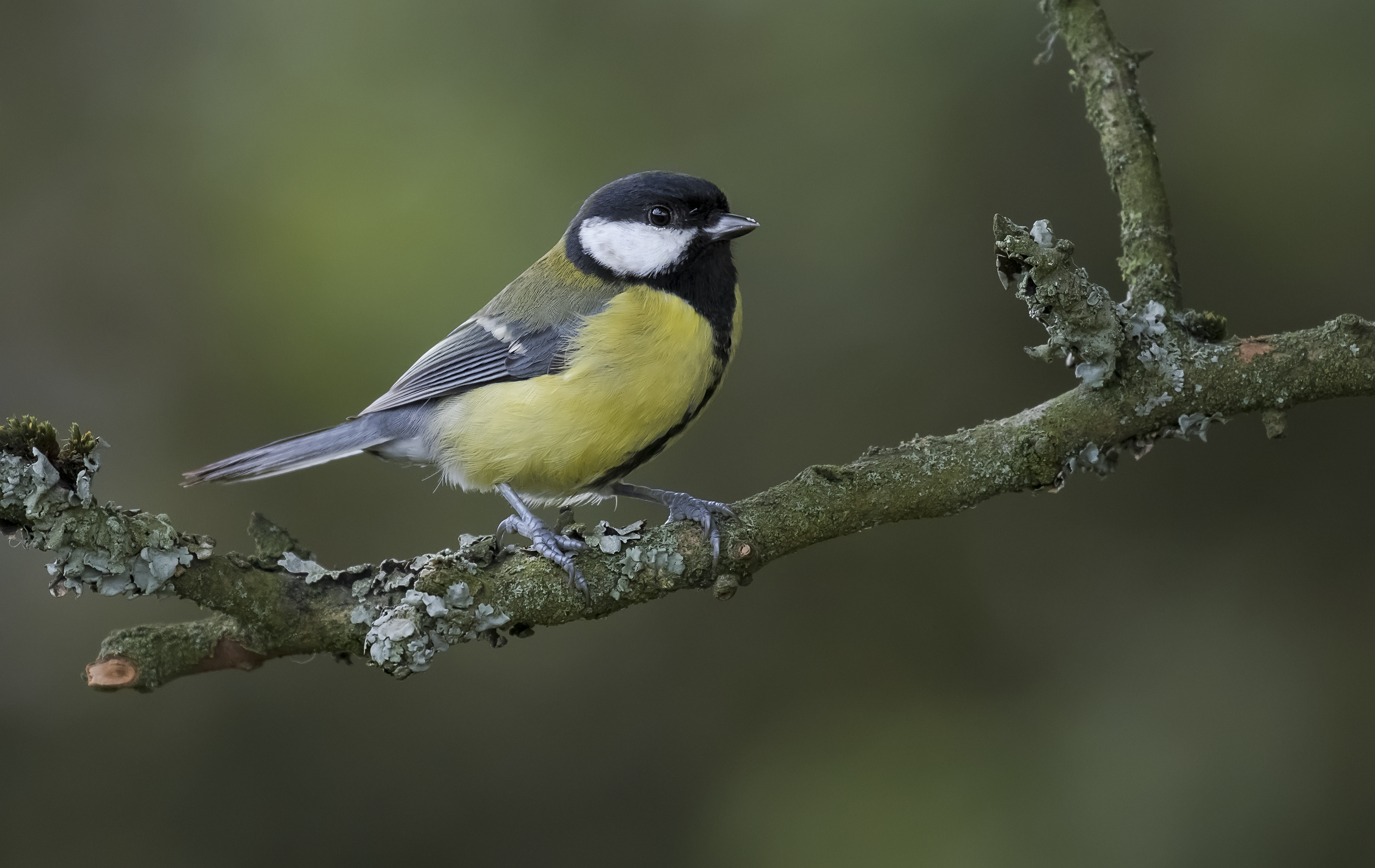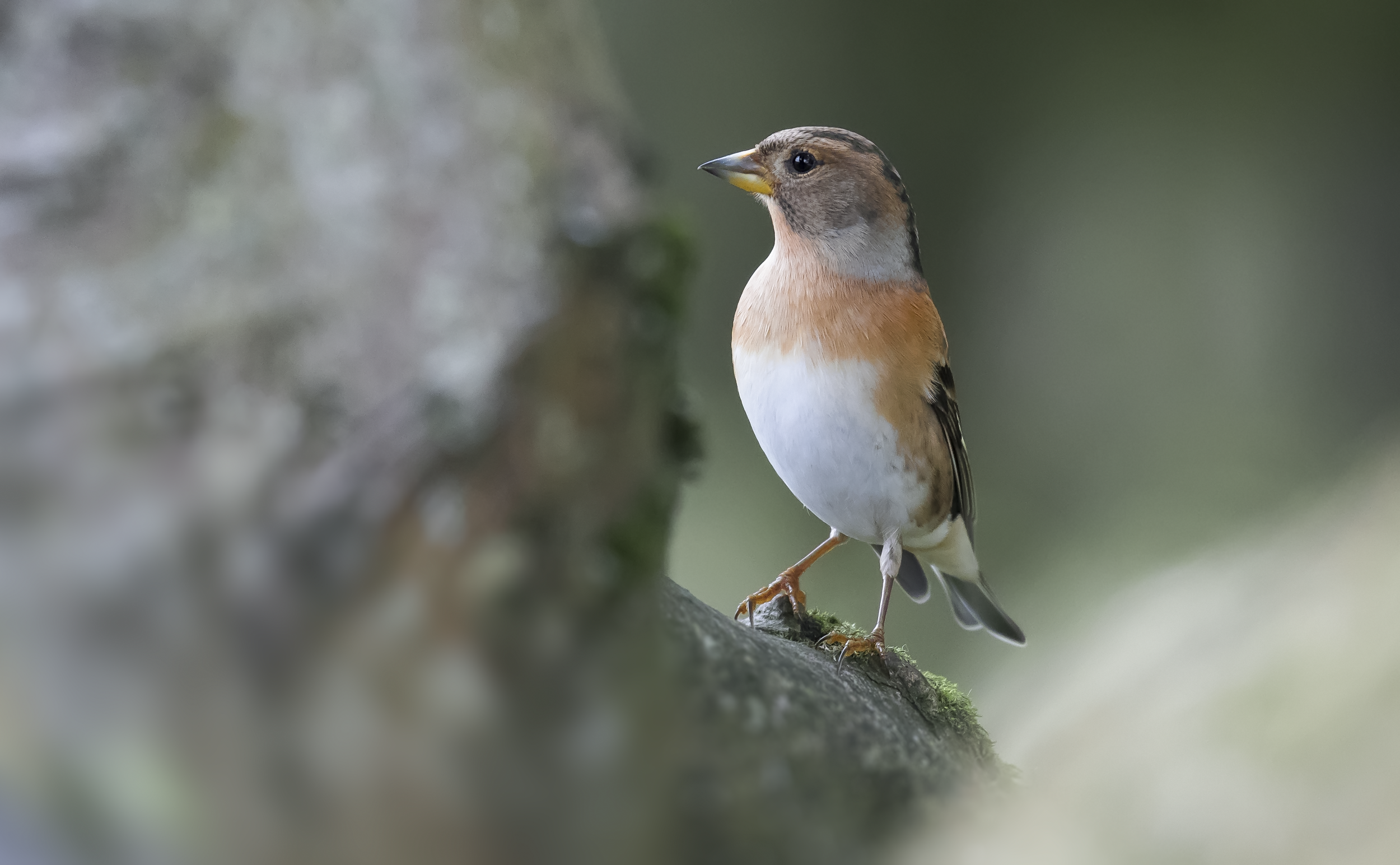So our firebreak is over in Wales, what does this mean, well I hope that it means people were sensible, people stuck to the rules and prevent further spread of this hideous virus so that we have a chance of at-least spending Christmas with our families, but I must say, my trust in people these days has certainly been tested.
During the lockdown I’ve still been as busy as ever with my surveying Jobs, mostly on the Gwent Levels. Whilst it has been great to still get outdoors, the weather has been questionable, and I don’t take advantage of my Job. As soon as the survey is finished I’ve been coming straight home. I did however get to find a rare bird on one of my surveys, in the form of a Richard’s Pipit.
I didn’t have a camera with my on my survey, or my sound recording gear, so I quickly took advantage of the only device I had, which was my mobile phone. I was amazed how much the video actually did capture, and thanks to the bird doing another circle, I was able to get 5 calls on video of the bird flying over. The spectrograph confirms it perfectly, with two horizontal higher modulations either side of the triangle shaped call, which is diagnostic for the species, which also separates it from the similar call from a Tawny Pipit, which only has a single upper modulation on the latter slope of the call, but that also has a double syllable.
I only wished I was quick enough for the Red-throated Pipit I had on a similar survey last month, but that bird was way too quick for me and I made the mistake in searching for my audio app on my mobile phone, instead of going for the camera. So top tip, if you ever think you have an interesting bird that is calling, go straight for the camera app and take a video. The audio quality is actually pretty decent for a mobile and the spectrograph never lies.
Below are a few photos from random surveys over the last month. I haven’t taken many pics, simply for lack of time. In other news though, during lockdown there was a Snow Bunting up the British mountain, found by Mike Jones and refound by a few local people on their daily walks up the mountain. The bird was feeding alongside the main road in typical Snow Bunting fashion but I don’t believe it hung around for long enough but if you’re looking for something todo withy our new found freedom, it’s well worth a visit up The British top road. The bird was sighted near the cattle grid at the old entrance of Blaencuffin Canyon.
Nocmig
Well I honestly don’t know where to start with Nocmig. November has been insane!!! With huge numbers of winter thrushes, some days noticeably better than others though and with added wader activity. I’ve had good numbers of Grey and Golden Plover, a few Lapwing but the last two nights a strong movement of Dunlin too. The last two nights I’ve had Barn Owl, which makes me wonder if there’s just a local bird but there isn’t much left of my local area in turns of hunting grounds so I really don’t know on that one.
One thing is for sure, I’ve added a lot more to my ‘mystery files’, something I one day hope to dedicate a blog post (or three) too, as I’m sure some of them might be interesting, and at the very least a good story.
So far this month alone, only 9 days in I’ve had over 2,122 Redwing Calls, 146 Blackbird, 81 Song Thrush, 8 robin, 6 Fieldfare, and I won’t bother counting the amount of random waders but here’s a few of my favourites below.
I’ve had that many birds, I was saving them all to start with but when you’ve got over 700 Redwing in one night, I’ve come to be a little more selective lol. That said, even the Redwing vary greatly, so it’s always worth saving the ‘odd’ looking calls just incase it catches you out again one day. I’ll do another blog on odd sounding Redwing as it’s quite amazing how much they vary in shape, size and frequency. Below is a picture of my favourite shape by far, but by no means a common shape to find.
Naturally, with migration doing well at night, Visible migration can also be just as good too. This month saw thousands, if not hundreds of thousands passing over pontypool alone, and with it, quite the number of Chaffinch’s and Thrushes. Getting my first Brambling of the year was nice, but nicer that it came so close to the microphone to reveal that subtle chaffinch type call that they also make. Sometimes, as we learned one morning, they don’t make their iconic raspy call at all, so it’s important to learn the subtle calls too as we had a whole flock of Brambling and not one of them made the rasp call.
I’ll end with another Robin, the song of winter, with a collection of both urban and natural sounds in the background.



















































